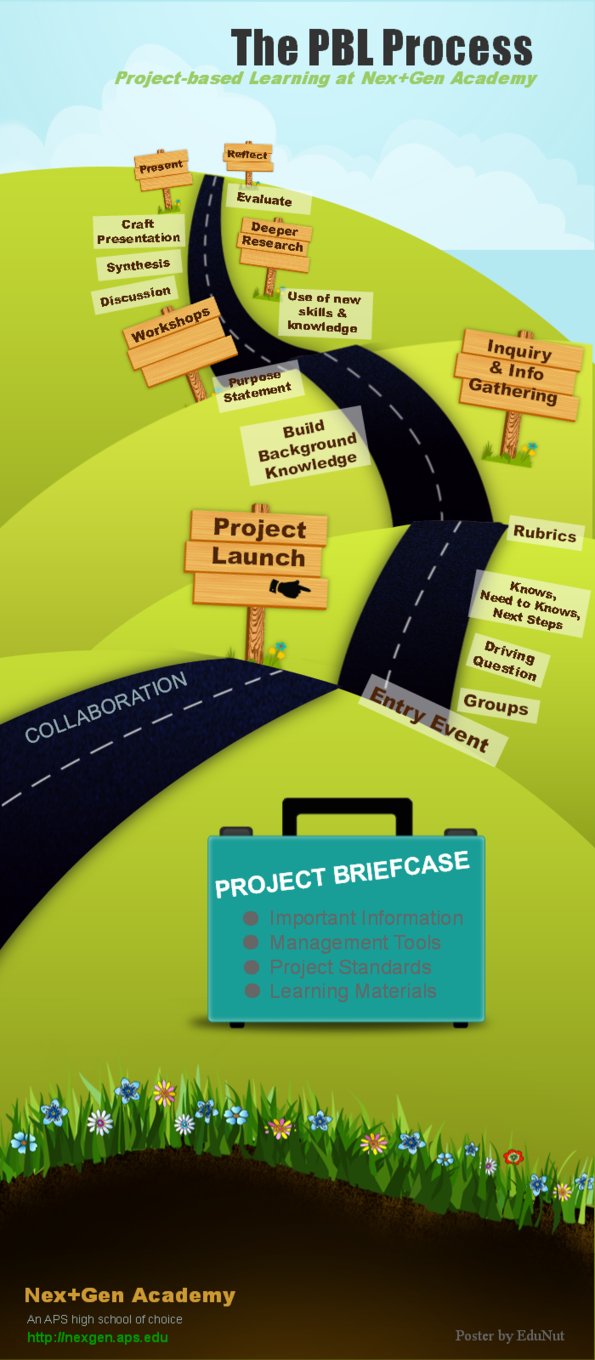I came across this article, and couldn't resist to re-posting the parts that impressed me most.
How does working in groups contribute to original thinking?
You know, if you look at brainstorming research, we’ve got, now, almost half a century of experiments and field studies. What you see is that if you take five students and put them in a brainstorming group together, you will get fewer ideas and less original ideas than if you had taken those same five students and let them work independently, in separate rooms, by themselves.
And teachers find this maddening when they learn about it, because it goes against the idea of teaching teamwork and two heads are better than one. But there a few things that happen that make brainstorming groups less than the sum of their parts.
One is called production blocking, and it’s the basic idea that we can’t all talk at once. And as a result, some ideas and some students just don’t get heard. Two, there’s ego threat, where kids are nervous about looking stupid or foolish, so they hold back on their most original ideas. And then, three is conformity. One or two ideas get raised that are popular. Everyone wants to jump on the majority bandwagon, as opposed to bringing in some radical, different ways of thinking.
You put kids in separate rooms, what you get is all of the ideas on the table, and then you can bring the group together for what the group does best, which is the wisdom of crowds. The evaluating. The idea selecting. The figuring out which of these ideas really has potential to be, not only novel, but also useful.
And I think that’s where you teach kids to work together effectively in groups. You say that individual idea generation works together really well, but then the group can come together to figure out which ideas to really bet on.
That technique is actually called brain writing. Instead of brainstorm. It’s a great term and I think we should do more of it.
Procrastination can lead to originality. What do teachers do with this? What have you done with it in your classroom?

Look, let me confess. I am a precrastinator, not a procrastinator. That’s an actual term for someone who likes to dive into things as early as possible and finish them ahead of schedule. And I have always worn this like a badge of honor. I finished my doctoral dissertation two years before it was due. I wrapped up my undergrad college thesis four months before the deadline. And I thought this was a great way to be productive.
And then I found that precrastination is a virtue for productivity, but it’s kind of a vice for creativity. I had a student who did all this research in a bunch of companies showing that precrastinators like me, who did everything early, were less creative than people who procrastinated, as rated by their bosses.
And then we followed up and did some experiments where we randomly assigned people to procrastinate, which is a fun task. After a lot of follow up research, what we discovered was great originality comes from being quick to start but slow to finish. That when you dive right into a task, you close yourself off to incubation. If you finish early, you’re stuck only with your most conventional ideas, your first ones. You never have time to think outside the box.
You also tend to think much more in linear, structured ways, as opposed to making these random connections and unexpected leaps that you do when you’re putting off the completion of a task. So the lesson here is that you want to give students time to let ideas marinate.
So when you’re working on a creative project, having a due date that’s a couple of hours later isn’t always the best way to go. And that sometimes what you can do is you can assign a task. You can have them work on it. And then you can extend the deadline and say I want you to go back to the drawing board and consider all those unexpected ideas that you just didn’t have time to look at before.
And then there’s an opportunity to open up a little more original thinking than they had before, but of course, if they procrastinate to the last minute, they’re not going to be creative either because then they just have to rush to panic to do the first ideas as opposed to the most novel ideas.
by Adam Grant, a professor at the Wharton School of the University of Pennsylvania, author of the book "Originals".














